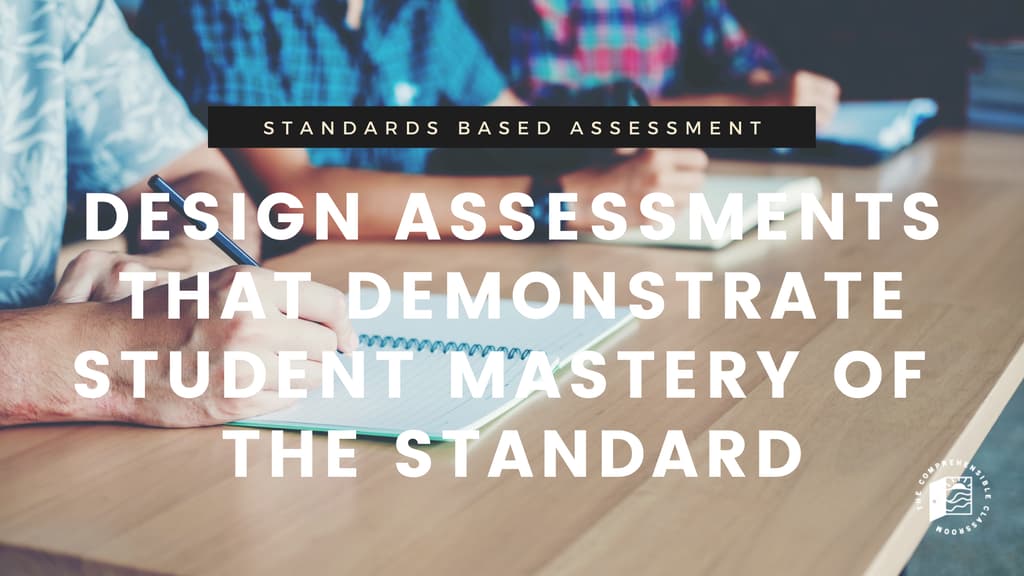Standards-based assessment means assessing students' performance in reference to predetermined standards, goals, or outcomes for the course. In language classes, teachers will typically set targets for students to reach in the different communicative skills: interpretive reading, interpretive listening, presentational speaking, presentational writing, and possibly interpersonal speaking.
I began using Standards Based Assessment, or at least some form of it, after attending a webinar by Scott Benedict at Teach for June. Michele Whaley organized the webinar and has continued to support me and other teachers in our local Professional Learning Community as we consider how best to implement Standards Based Assessment and Grading within the confines of our district's grading system.
Here is a general view of what it looks like to get started with Standards Based Assessment in language classes:

Set communicative goals for your students
Begin by considering each of the communicative skills that you want your students to develop (reading, writing, speaking, listening), and determine what are reasonable goals for students to meet in each of those areas. For example, you could look at ACTFL's Proficiency Guidelines and determine what a reasonable Presentational Writing goal for a student at the end of Spanish Level 1 language might be. Make sure that the goals are attainable for all of your students. Read this post to help you think through what goals to set for your students.

Define what meeting, exceeding, and not meeting the goals looks like
The next thing that I did was create a rubric that defined what it looks like to meet the goal for each skill, as well as what it looks like to almost meet the goal and to exceed the goal. See what I came up with here for presentational modes and here for interpretive modes. You'll likely also need to match each level of the rubric to a grade (Exceeding = A, for example).

Design assessments that demonstrate student mastery of the standard
Setting up your standards based assessment system is the easy part - creating assessments that truly and accurately measure student mastery of each standard is the harder part! You will likely need to throw out your old assessments and create new ones, especially if you have been teaching with a textbook and its assessment program that assesses vocabulary and grammar knowledge.
To measure mastery of interpretive skills, you'll need to write a passage that you think students will be able to understand, and then design questions that will allow you to gauge students' comprehension of the passage (whether written or spoken). Click here for insight into what it takes to create a solid interpretive assessment!
To measure mastery of productive skills, you'll need to assign students a task that they can complete, and then analyze the language that the produce to see how well they are able to express themselves. Click here for some thinking on presentational assessment design.
Keep learning about assessment
If you work through the three steps laid out in this post, you've got what you need to get by. However, assessment is a topic that is infinitely complex and matters deeply. The way that we assess and grade our students can have a direct and profound impact on their futures, and so it matters that we get it right. Here are some entry points to keep learning about assessment:




